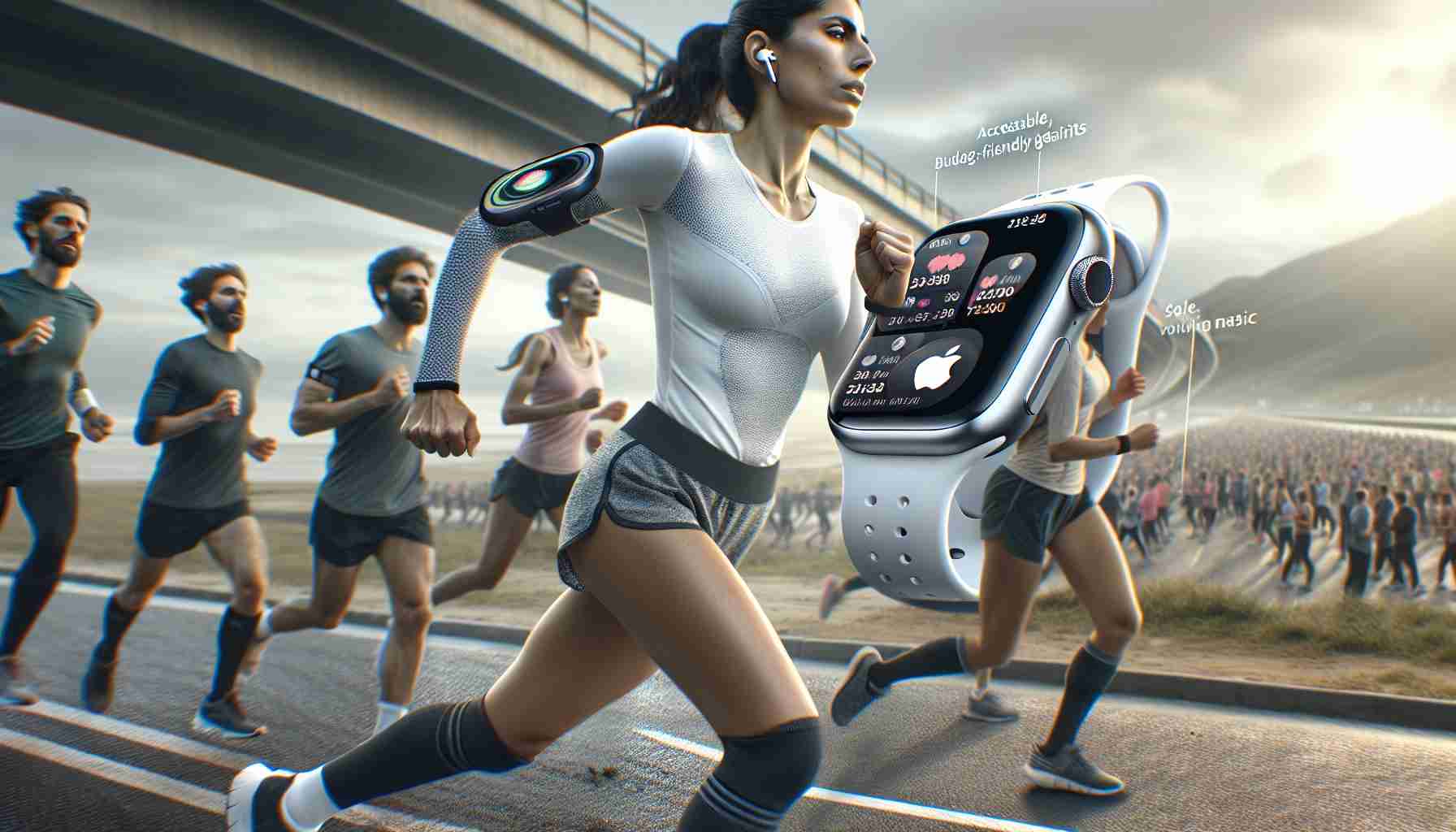Completing my first marathon was a milestone, filled with as much elation as it was with aches that I hadn’t anticipated. Although the story behind my endurance isn’t the primary focus here, I want to share how essential my choice of technology was in crossing the finish line. A budget-conscious decision led me to rely on an Apple Watch SE and standard AirPods to guide me through the demanding race, providing a perfect blend of health tracking and audio entertainment.
Despite not splurging on the priciest variants, these gadgets did present a notable challenge: their battery longevity was questionable during the extensive hours of running. While I had trained with this duo for the previous half-marathons, their performance during the full marathon revealed some limitations.
I value the essentials and the Apple Watch SE delivered. Its ability to monitor vital health metrics and assess my running proficiency was indispensable, albeit with the expectation of daily charging due to its lack of fast-charging capabilities. Streaming tunes from my iPhone kept me motivated without the need for the advanced AirPods Pro 2 – their active noise cancellation wasn’t missed as I preferred being alert to my environment.
The regular AirPods promise a sturdy five-hour playtime, and a brief charging stint can substantially extend their use. However, with marathons potentially stretching to six hours or more, timing is critical. As I embarked on the race, both the Apple Watch and AirPods were fully charged, yet their aging batteries weren’t as resilient as the newer models, nor were they as energy-efficient.
My AirPods depleted first, with the right earbud succumbing around mile 21, leaving Taylor Swift serenading me in mono. The disruption not only diluted my audio experience but synchronized inconveniently with a knee complaint that diverted my focus from the race. Eventually, I chose silence over a fragmented playlist, stowing the AirPods for a recharge – which I could not afford to wait for – and powering through the remaining distance without additional motivation.
To contemplate whether such a setup would again be my companion through 26.2 miles requires reflection, especially in light of the predicaments faced. The allure of more resilient options like the Apple Watch Ultra exists but comes at a significant cost increase and is a consideration for another day.
Key Questions and Answers:
Q: What were the main challenges associated with using budget-friendly Apple gear during a marathon?
A: The main challenges reported were battery longevity concerns during the extensive hours of running. Specifically, the Apple Watch SE lacks fast-charging capabilities, requiring daily charging, and the standard AirPods, while boasting a five-hour playtime, may not last through longer marathons that can extend beyond six hours.
Q: What are the advantages of using an Apple Watch SE and standard AirPods for running a marathon?
A: These Apple devices provide a balance of health tracking, running proficiency assessments, and audio entertainment without the high cost of premium variants. The essential features that the Apple Watch SE offers are considered indispensable by runners, and the standard AirPods provide enough playtime for many athletes with the option for a brief recharge for extended use.
Q: Are there any disadvantages of using this particular tech setup in a marathon?
A: Yes, the disadvantages include the potential for the devices to run out of battery mid-race, as experienced with the AirPods depleting around mile 21. Additionally, these gadgets may not have the resilience and energy efficiency of newer models, which could be a crucial shortcoming for runners aiming for longer races.
Key Challenges or Controversies:
– Battery Life: Especially important for long-distance runners, as the race duration may outlast the device’s battery.
– Cost versus Performance: Weighing the benefits of more affordable devices against the potential need for more durable and feature-rich options.
– Health and Safety: While high-end models like the AirPods Pro offer noise cancellation, some runners prefer standard models to remain aware of their surroundings for safety reasons.
Advantages and Disadvantages:
Advantages:
– Cost-Efficiency: The Apple Watch SE and standard AirPods are more budget-friendly than their high-end counterparts.
– Health Monitoring: Even the SE model of the Apple Watch includes useful features for tracking health and activity metrics.
– Entertainment: Standard AirPods provide quality audio entertainment to help maintain motivation throughout the race.
Disadvantages:
– Battery Constraints: The longevity of the battery may not be sufficient for the full duration of longer marathons.
– Performance: While functional, the performance and features of budget-friendly gear may not match those of pricier alternatives.
– Charging Needs: Lack of fast charging can mean longer waits for recharging devices, which is not ideal during events.
In conclusion, while more expensive devices may offer additional features and longer battery life, budget-friendly Apple gear like the Apple Watch SE and standard AirPods can perform well for marathon runners, although they might face some limitations.
If readers are interested in exploring more about Apple products, official information and updates can be found on Apple’s website through the following link.
